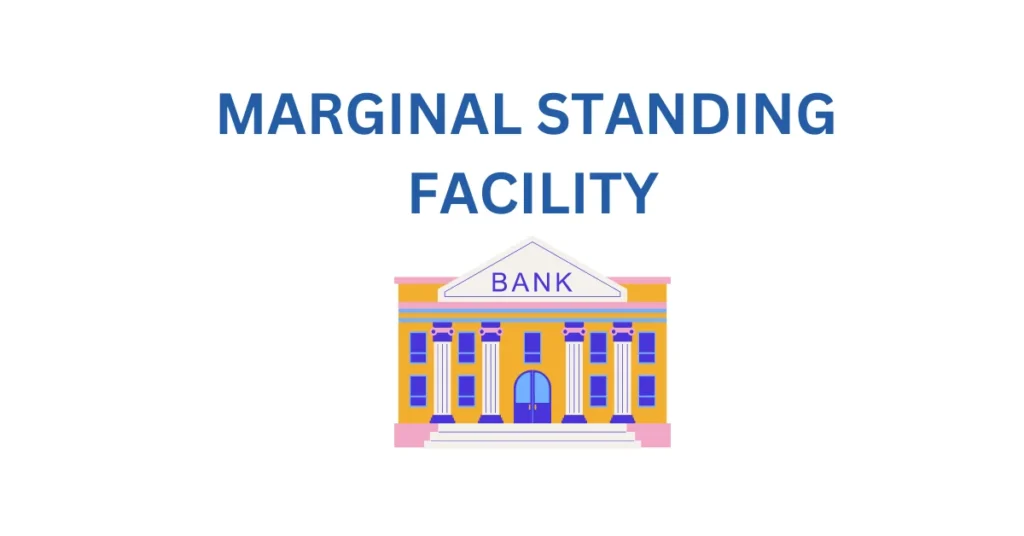In the intricate world of banking and finance, the Statutory Liquidity Ratio (SLR) stands as a vital regulatory requirement imposed by central banks to safeguard the stability of the financial system.
SLR mandates banks to maintain a certain percentage of their deposits in specified liquid assets such as government securities, cash, and gold.
This article explores the significance of SLR in banking operations, its role in ensuring financial stability, and its implications for monetary policy.
UNDERSTANDING STATUTORY LIQUIDITY RATIO
Statutory Liquidity Ratio (SLR) is a regulatory tool used by central banks to ensure that banks maintain a minimum level of liquidity to meet their short-term obligations.
In most countries, including India, SLR is mandated by the central bank as a percentage of a bank’s net demand and time liabilities (NDTL).
These liabilities include deposits from customers that banks must repay upon demand (such as savings and current accounts) as well as time deposits (such as fixed deposits) that have a specified maturity period.
THE ROLE OF SLR IN FINANCIAL STABILITY
Safeguarding Against Liquidity Risks
SLR acts as a buffer against liquidity risks by ensuring that banks hold a portion of their assets in highly liquid and safe instruments.
By maintaining a portfolio of liquid assets, banks can readily meet their short-term cash obligations, including withdrawals by depositors and payment obligations to other banks.
Preventing Bank Runs and Systemic Crises
In times of financial stress or economic uncertainty, depositors may lose confidence in banks and rush to withdraw their funds, leading to a liquidity crunch or even bank runs.
SLR helps mitigate this risk by ensuring that banks have adequate reserves to honor withdrawal requests.
Moreover, by investing in government securities, which are considered risk-free assets, banks enhance their stability and resilience, reducing the likelihood of systemic crises.
Enhancing Monetary Policy Transmission
SLR plays a crucial role in monetary policy transmission by influencing the availability of credit in the economy.
When the central bank adjusts SLR requirements, it affects the amount of funds available for lending by banks.
For example, increasing SLR reduces the funds available for lending, leading to a contraction in credit and monetary tightening.
Conversely, lowering SLR increases liquidity in the banking system, facilitating credit expansion and monetary easing.
IMPLICATIONS OF SLR FOR BANKS AND THE ECONOMY
Impact on Profitability and Lending Rates
Compliance with SLR requires banks to hold a portion of their assets in low-yielding liquid securities, which may impact their profitability.
Since SLR assets typically offer lower returns compared to loans and investments, banks may face reduced earnings.
To compensate for this, banks may adjust their lending rates and fees charged to customers, affecting the cost of borrowing for businesses and individuals.
Influence on Credit Growth and Economic Activity
Changes in SLR requirements by the central bank can influence credit growth and economic activity.
When SLR is increased, banks have less funds available for lending, which can lead to a slowdown in credit expansion and economic growth.
Conversely, lowering SLR boosts liquidity in the banking system, stimulating lending activity and supporting economic expansion.
CHALLENGES AND ADAPTATIONS
While SLR serves as a crucial tool for maintaining financial stability, it also presents challenges for banks, especially in managing their liquidity and optimizing asset allocation.
Banks must strike a balance between meeting SLR requirements and maximizing returns on their assets.
Additionally, changes in SLR regulations by the central bank require banks to adapt their investment strategies and liquidity management practices accordingly.
CONCLUSION
In conclusion, Statutory Liquidity Ratio (SLR) plays a pivotal role in ensuring the stability and resilience of the banking system.
By mandating banks to maintain a certain level of liquid assets, SLR safeguards against liquidity risks, prevents systemic crises, and enhances the effectiveness of monetary policy transmission.
However, SLR also poses challenges for banks in terms of profitability and asset allocation.
Therefore, a nuanced understanding of SLR and its implications is essential for policymakers, regulators, and banking institutions to foster a sound and stable financial environment.







